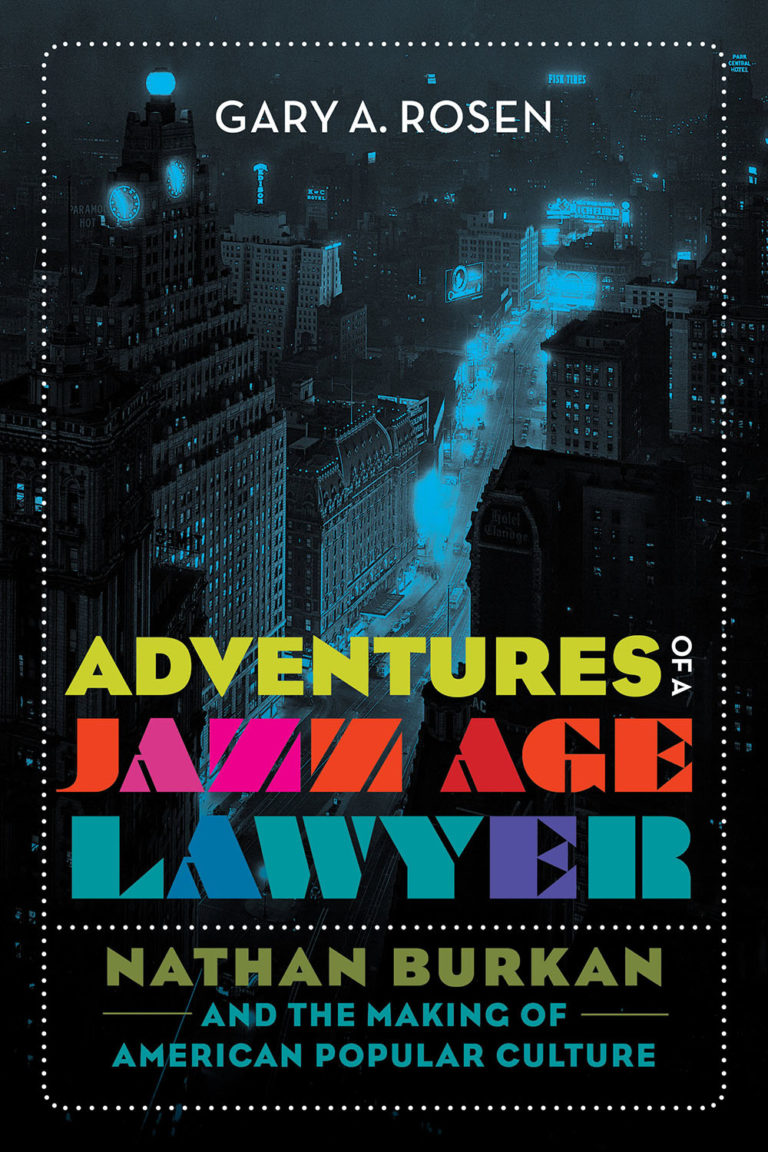Rumrunners: Nathan Burkan and Frank Costello
Nathan Burkan had occasionally helped a client out of a minor criminal scrape, but he had little experience in major felony trials. In 1926, however, he had defended Charles Duell, a movie producer, against charges that he had committed perjury during an earlier civil suit against the actress Lillian Gish. The jury deadlocked on Duell’s guilt, freeing if not quite exonerating him, and the trade press gave Burkan’s performance boffo reviews. “His skill at cross-examination was a revelation,” Variety gushed, “and he unfailingly brought out hidden points from witnesses for the prosecution. . . That Burkan will be sought for other criminal defense actions is certain.”
One would not imagine that Frank Costello retained Burkan based on his notices in Variety. The introduction was probably made by mutual acquaintances in Tammany Hall, where Costello had many customers and benefactors—not for nothing would he become known as the “Prime Minister of the Underworld.” For Burkan, the case offered a chance to advance the ambitions of an old friend and political mentor, Alfred E. Smith, who had just been sworn in for his fourth term as governor of New York and was planning a run for the presidency in 1928. If an Irish-Catholic “wet” was to have a shot at the nomination of a national Democratic Party deeply divided by Prohibition, much less win the White House, the public face of Prohibition would have to be conspicuously bloodied. A highly publicized trial of rumrunners provided a perfect opportunity to administer the blow.
Burkan drew first blood when a former Coast Guard patrol boat captain, Nicholas Brown, took the stand. Brown, it appeared from his own testimony and that of several of his crewmen, was a bad egg―a brawler and a drunk who ended many of his Coast Guard service days prostrate and unconscious, sometimes on his own vessel but often aboard the very rum boats his cutter was assigned to surveil. He testified about one night when the crew of a patrol boat he commanded smuggled 350 cases of liquor ashore. Brown admitted to sampling the wares. I got drunk,” he confessed, “but I did not pass out until I reached the buoy at Montauk Point.”
On cross-examination Burkan elicited an even more harrowing tale from Brown. After he had been indicted with Costello and the other conspirators in January 1926, and while he was free on bail, federal agents had seized and imprisoned him aboard the Coast Guard cutter Seneca, manacling his arms and legs to a stanchion in its dark hold, where temperatures dipped below zero. “The hatches were battened down and air was foul. They fed me on rotten meat and water and never told me why I had been seized.”
“Was the Seneca a prison ship?” Burkan asked. “No, sir,” answered Brown; “she was worse than that.”
After a week of this torture, Brown’s captors relayed an offer to him. If he was ready to confess, he would be released. “I was almost crazy from pain and cold. I was out of my head,” Brown testified. “They took me to the office of A. Bruce Bielaski and I said I would plead guilty to these charges.” Although he declined Bielaski’s offer of a position as an undercover agent, Brown was allowed to go free. The story of Brown’s captivity made headlines nationally, the Chicago Tribune taking top honors with “Cold Storage Treatment for Dry Law Witness.”
